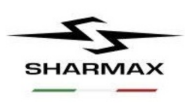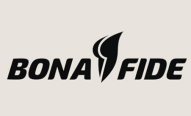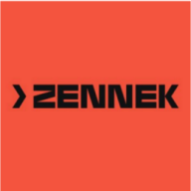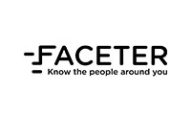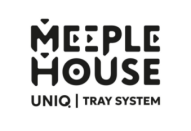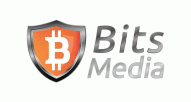The Markets in Crypto-Assets (MiCA) Regulation
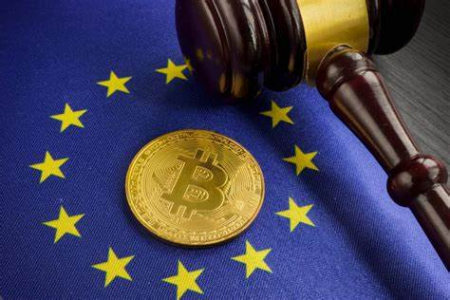
The Markets in Crypto-Assets (MiCA) Regulation is a well-structured initiative introduced by the European Union to create a standardized and supervised cryptocurrency market. Its primary objectives are to strengthen investor security, uphold financial stability, and foster progress in the sector.
Background and Rationale Behind MiCA
Before the implementation of MiCA, the lack of a unified regulatory system across EU member states led to discrepancies, regulatory loopholes, and inconsistent levels of consumer protection. The fast-paced expansion of the cryptocurrency sector, along with a rise in fraudulent activities and threats to financial security, highlighted the necessity for a cohesive regulatory framework. MiCA tackles these issues by setting definitive regulations for digital asset issuers and service providers, ensuring a balanced competitive environment while protecting users.
Coverage and Principal Provisions
MiCA establishes distinct regulatory measures for various types of crypto-assets:
- E-Money Tokens (EMTs): These digital assets are designed to maintain a stable valuation by being linked to a single fiat currency. Well-known examples include USDT (Tether) and USDC (Circle), which are pegged to the U.S. dollar, as well as EURS (Stasis), EURC (Circle), and EURT (Tether), which are tied to the euro.
- Asset-Referenced Tokens (ARTs): These tokens aim to sustain their value by being backed by multiple assets, including fiat currencies, commodities, or other crypto-assets. A prominent example is Tether Gold, which derives its stability from gold price movements.
- Utility Tokens: Developed to enable digital access to specific platforms, services, or assets, these tokens function within particular ecosystems. Notable examples include Siacoin, utilized within the Sia storage network; OMG, the native currency of the OMG Network; and REP, which is awarded to users of the Augur prediction market software.
MiCA mandates that entities issuing EMTs and ARTs must be legally incorporated within the EU and secure authorization from relevant regulatory bodies. This approval process entails an assessment of the issuer’s leadership team, adherence to governance protocols, possession of adequate financial reserves, and establishment of liquidity provisions to manage potential risks.
At Law&Trust International, we provide comprehensive assistance to businesses adapting to this new regulatory framework, including obtaining licenses, opening companies and providing advisory services. If you have any inquiries, our legal experts are prepared to offer in-depth consultations on the intricacies of MiCA compliance.
Our services
Our team of specialists has extensive expertise. We are ready to provide you and your business with the following services:
- Support in obtaining СASP licenses in various European jurisdictions, including the Czech Republic, Poland, Cyprus and many others;
- Registration of companies for the purpose of further license acquisition;
- Conducting consultations on all issues related to obtaining licenses or the directive in general.
CASP license acquisition in Slovakia
CASP license acquisition in Czech Republic
CASP license acquisition in Poland
CASP license acquisition in Liuthania
CASP license acquisition in Cyprus
CASP license acquisition in Spain
CASP license acquisition in Malta
CASP license acquisition in Estonia
CASP license acquisition in Portugal
Impact on the Cryptocurrency Industry
The enforcement of MiCA introduces a transformative shift in the way crypto-assets are regulated across the European Union:
For Crypto-Asset Issuers and Service Providers: Companies engaged in the issuance of crypto-assets or related services must adhere to strict regulatory requirements, including enhanced transparency, consumer protection protocols, and financial stability measures. These regulations ensure that only compliant entities can operate, thereby reinforcing the integrity of the marketplace.
For Consumers: Investors and crypto users will benefit from stronger safeguards, including standardized disclosure practices, reduced exposure to fraudulent schemes, and clearer guidelines on their rights and responsibilities when dealing with digital assets.
MiCA's introduction marks a pivotal moment for the cryptocurrency industry in Europe, reflecting the EU's commitment to embracing technological innovation while ensuring that adequate safeguards are in place. As the regulation becomes fully operational, it is expected to serve as a benchmark for other jurisdictions contemplating similar frameworks, potentially influencing global standards for crypto-asset regulation.
The MiCA regulation marks a significant step toward a harmonized and transparent crypto regulatory framework within the EU. While it introduces new compliance requirements, it also opens doors to greater market stability and investor confidence.
Navigating these regulatory changes can be complex, but you don’t have to do it alone. Our team of experts is ready to guide you through every step of the compliance process, ensuring your business meets all MiCA requirements efficiently. Contact us today to secure your position in the evolving crypto landscape.

















